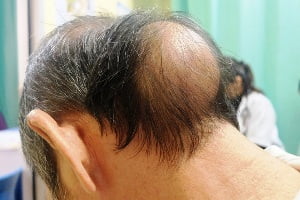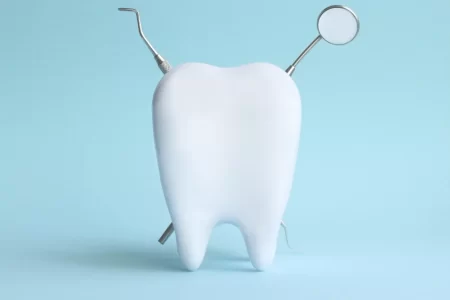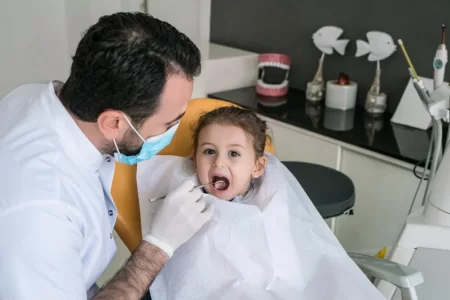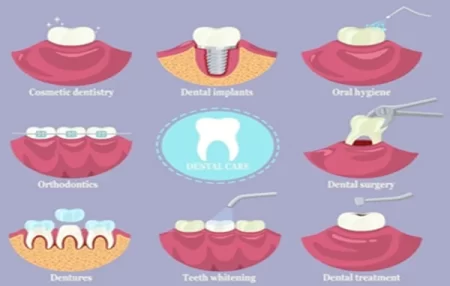What Is Painless Dentistry? Exploring Stress-Free Dental Options
- Updated on: Jan 10, 2025
- 4 min Read
- Published on Jan 10, 2025
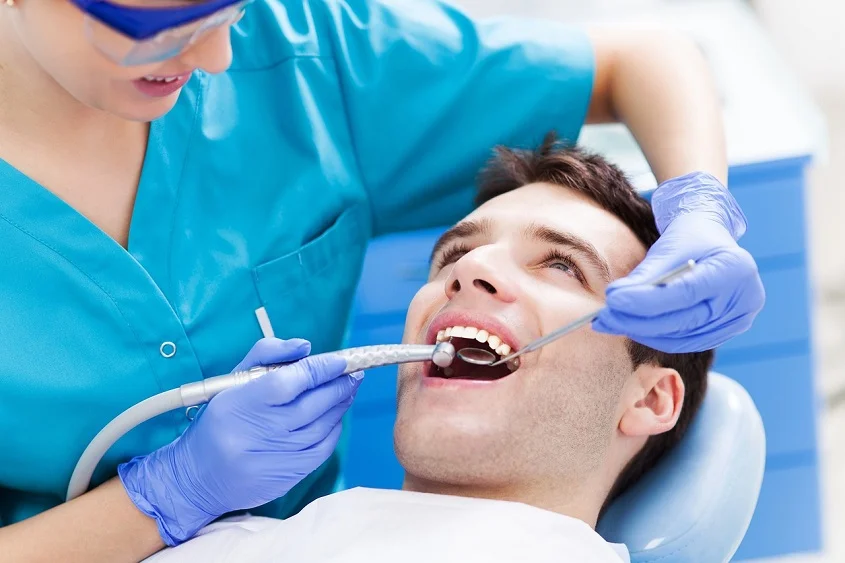
For many, even the thought of a visit to the dentist can spark anxiety. The whirr of a drill, discomfort during procedures, or long hours in the chair may contribute to this dreaded experience. But what if dentistry didn’t have to be this way? Enter painless dentistry—offering stress-free dental solutions for nervous patients, health-conscious adults, and first-time parents looking to prioritise their children’s comfort.
This blog will explore what pain-free dentistry entails, the revolutionary advancements making it possible, and why it’s a game-changer for modern oral healthcare. Prepare to leave fears of dental visits behind for good.
Understanding Painless Dentistry
Painless dentistry focuses on minimising — and in many cases, eliminating — physical discomfort and emotional stress during dental procedures. It leverages advanced techniques and tools to provide patients with a more relaxed experience, whether they’re undergoing a routine cleaning or a complex treatment like a root canal.
Why does painless dentistry matter? For nervous patients, it’s about overcoming deep-seated dental anxiety. For health-conscious adults, it’s the convenience of minimally invasive procedures with quicker recovery times. For parents, it ensures kids have positive dental experiences from the very beginning, building lifelong oral care habits to ensure you keep your teeth for life.
The Evolution of Dental Care
Dentistry has come a long way from the rudimentary methods of the past, where fear of pain was often justified. Traditional tools, while effective, could sometimes cause discomfort due to their invasive nature or reliance on manual procedures. Over time, advancements in restorative and preventive dentistry, as well as a greater focus on patient well-being, heralded the arrival of stress-free dental care techniques.
Today, painless dentistry combines cutting-edge technology with a patient-centred approach. Its innovations include laser dentistry, sedation options, and numerous tools designed to streamline and simplify treatment. This shift prioritises comfort without sacrificing effectiveness, creating a dental care model that benefits everyone.
Techniques and Technologies in Painless Dentistry
What makes painless dentistry so effective? It’s all about the techniques and tools that mitigate discomfort. Here’s what you need to know about the methods modern practitioners use for stress-free dental care:
1. Laser Dentistry
Laser dentistry replaces traditional drills with lasers for precision procedures. It’s effective for treating cavities, gum issues, and even whitening teeth, all while reducing the need for anaesthesia. Lasers cause less discomfort and promote faster healing with reduced inflammation—making them increasingly popular for both adults and children.
2. Sedation Dentistry
Sedation options range from mild to deep, depending on the patient’s needs. It can include inhalation sedatives such as nitrous oxide (“laughing gas”), oral sedatives taken before an appointment, or IV sedation administered by trained professionals. These methods relax the patient without compromising safety.
3. Minimally Invasive Tools
Advanced rotary systems, air abrasion technology, and innovative imaging tools minimise physical discomfort. For example, air abrasion can remove decay without the sensation of a traditional drill, while 3D imaging streamlines accurate procedures, reducing time spent in the chair.
4. Needle-Free Anaesthesia
For those who fear needles, new alternatives are available, such as numbing gels, sprays, or anaesthetic patches. These methods can numb the area without the need for injections.
Together, these methods form the backbone of stress-free dentistry, helping patients feel at ease every step of the way.
Benefits for Various Patient Groups
Painless dentistry is not a one-size-fits-all approach. Its adaptability makes it particularly life-changing for key patient groups:
1. Nervous Patients
For those suffering from dental phobia—a condition that affects around 36% of the population—painless dentistry offers peace of mind. Sedation options and needle-free treatments ensure that even the most anxious patients feel safe and comfortable in the chair.
2. Health-Conscious Adults
Modern dental care focuses on minimising intervention while maximising results. Laser dentistry and minimally invasive techniques align perfectly with the health-conscious mindset, allowing for effective care with reduced recovery time and fewer risks.
3. First-Time Parents
For parents introducing their children to dental care, a stress-free approach makes all the difference. Positive early experiences mean that children are more likely to continue visiting the dentist—and caring for their teeth—as they grow older.
No matter the audience, painless dentistry transforms what was once seen as a necessary hassle into a valuable and pleasant experience.
Addressing Common Concerns About Painless Dentistry
Even with its numerous benefits, some patients approach stress-free dental care with apprehension. Here’s how we can address the most common worries:
1. Is it effective?
Yes. The tools and technology involved in painless dentistry meet or exceed the standards of traditional treatments. Lasers, for instance, are not only effective but can also result in better outcomes when treating gum disease or cavities.
2. How much does it cost?
It’s true that painless dentistry techniques may cost more initially. However, many patients find that the comfort, efficiency, and long-term benefits justify the price. As demand grows, these technologies are becoming more affordable. Plus, some insurance providers now help cover these options.
3. Is it available everywhere?
While painless dentistry is becoming more widespread, it’s essential to find practitioners who specialise in these techniques. The right dentist will have both the tools and the expertise to ensure a seamless experience.
Choosing a Painless Dentistry Provider
Selecting the right dentist for you or your family is the first step towards a comfortable dental care experience. Here are some tips to keep in mind:
- Look for Specialisation: Search for providers who prominently advertise laser, sedation, or minimally invasive procedures.
- Check Reviews: Verified patient reviews can give you insight into how well a dental clinic meets its promises of comfort and quality.
- Ask Questions: Don’t hesitate to call clinics and ask about specific services and the technology they use.
- Consider a Trial Visit: An initial consultation lets you experience the environment and gauge how invested the staff are in patients’ well-being.
Say Goodbye to Stressful Dental Visits
Painless dentistry is more than just a trend—it’s a revolution in how dental care is provided. For nervous patients, health-conscious adults, and first-time parents, it removes barriers that once prevented regular check-ups and treatments. A visit to the dentist can now be a painless, productive, and even enjoyable experience.
Are you ready to try stress-free dental care? Consult a trusted dentist equipped with the latest in painless dentistry techniques and experience the difference for yourself.
Frequently Asked Questions
Is painless dentistry the same as sedation dentistry?
Not quite. Sedation dentistry is a component of painless dentistry but doesn’t encompass all the methods used. For instance, laser dentistry is another significant part of the painless experience that doesn’t involve sedation.
Is laser dentistry part of painless dentistry?
Yes, laser dentistry is a core element of painless dentistry. It’s used for minimally invasive treatments with reduced discomfort, offering a modern replacement for traditional drills in many procedures.
Can painless dentistry be used for all types of dental procedures?
Painless dentistry works well for most routine and advanced procedures, including fillings, cleanings, gum treatments, and some surgeries. However, for highly complex procedures, traditional methods might still be required in certain cases.

